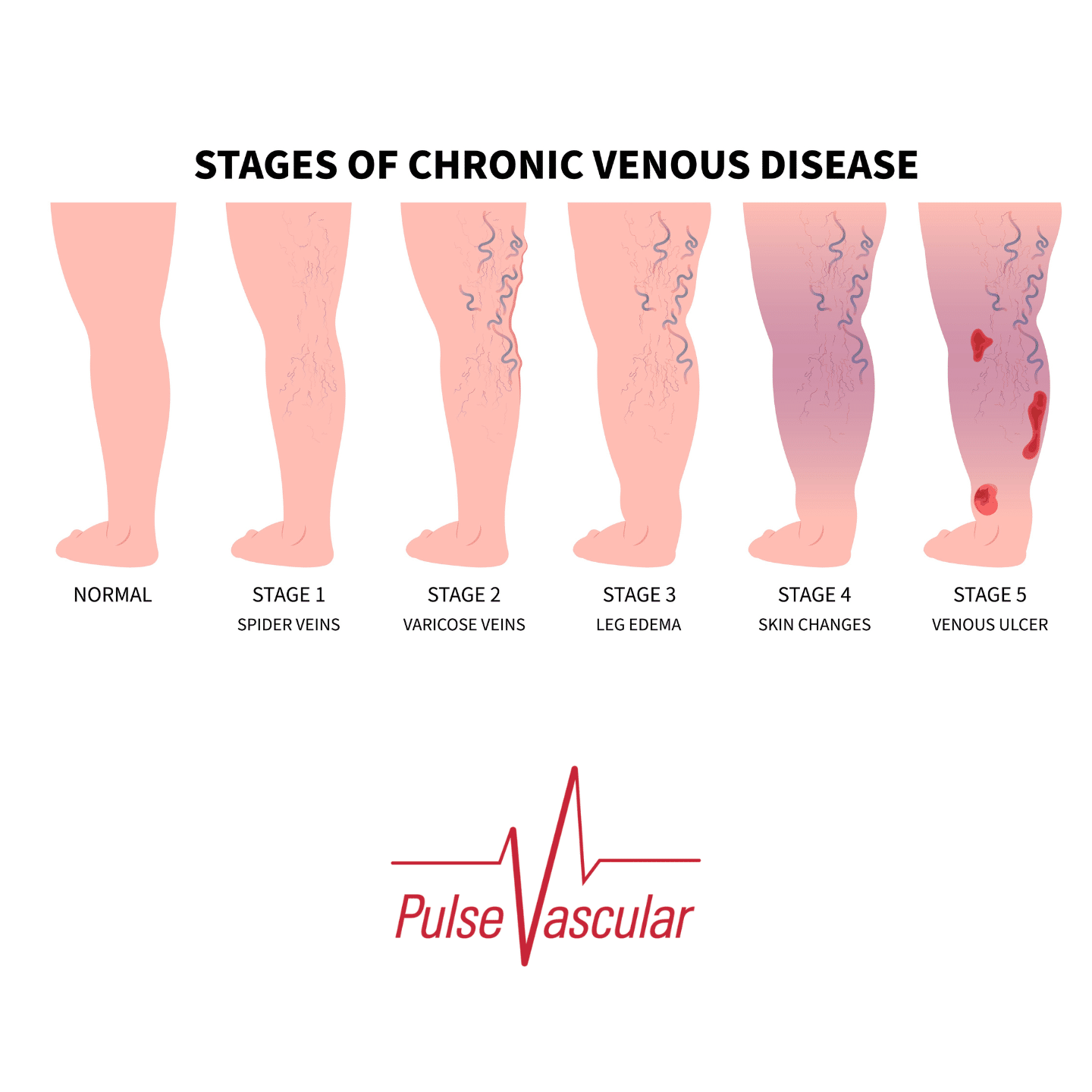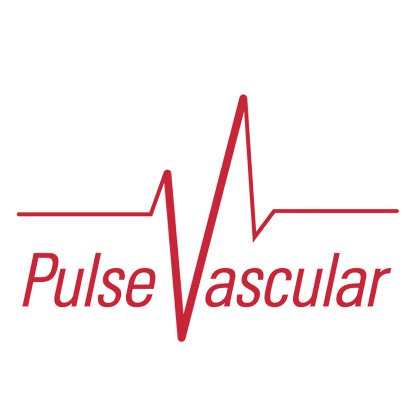
Chronic Venous Insufficiency (CVI) is a condition where the veins in your legs don’t allow blood to flow back to your heart properly. Veins in the legs are the soft vessels that provide flow back to the heart after the arterial vessels have delivered blood and oxygen to the tissues. Valves in the leg veins are structures which allow flow in one direction. When the calf muscle flexes, as in walking, this muscular compression against the veins pushes the blood in one direction back towards the heart if the valves are normal and competent. Over time and under certain conditions the valves become abnormal and flow in one direction to the heart is impaired. This can cause swelling, aching, skin changes, and even ulcers.
Prevalence and Prognosis
· CVI affects about 1 in 20 adults, with higher prevalence in older populations
· It’s not life-threatening, but can significantly impact quality of life if untreated
· Early recognition and intervention are key to preventing complications like venous ulcers or cellulitis
Causes and Risk Factors
CVI can result from:
· Deep vein thrombosis (DVT) – the most common cause
· Congenital absence or malformation of valves
· Vein dilation that prevents valve closure
· Pregnancy, especially multiple pregnancies
· Obesity
· Prolonged standing or sedentary lifestyle
· Smoking
· Aging, especially over age 50
Symptoms
CVI symptoms range from mild to severe and include:
· Swelling (edema) in the lower legs and ankles
· Aching, heaviness, or cramping
· Varicose veins
· Skin discoloration (reddish-brown near ankles)
· Itching, tingling, or burning
· Thickened, leathery skin
· Venous ulcers (especially near the ankles)
Diagnosis
Diagnosis typically involves:
· Physical examination
· Duplex ultrasound to assess valve function and blood flow
· MRI or CT venography in complex cases
Treatment Options
CVI is manageable but not curable. Treatment aims to relieve symptoms and prevent complications:
Conservative Measures
· Compression therapy (stockings or bandages)
· Leg elevation above heart level
· Exercise, especially walking to activate the calf muscle pump
· Weight management
· Skin care to prevent ulcers
Medical & Surgical Interventions
· Vein ablation (laser or radiofrequency)
· Sclerotherapy (chemical injection to close veins)
· Vein stripping or ligation in severe cases
· Medications for ulcers or clot prevention
When to See Us at Pulse Vascular
If you experience leg swelling, pain, or changes in your skin, make an appointment at Pulse Vascular. Early treatment can prevent complications and improve your quality of life. Pulse Vascular can evaluate and treat chronic venous insufficiency. Our practitioners will evaluate your venous circulation with painless noninvasive testing and can provide you with recommendations for all forms of treatment depending on the stage of your venous insufficiency and other medical conditions. Schedule your consultation today.
